
How Can Recycling Materials Lead to Environmental Sustainability? Everything Sustainable
The aim of this chapter was to present the tertiary literature on recycling of materials. The literature on recycling of materials is quite broad and includes topics such as recycling systems, behaviors, benefits, markets, etc. The chapter presents recycling of materials as a strategy for sustainable development.

10 Ways How Can Recycling Materials Lead To Environmental Sustainability?
Metal recycling needs to become more cost-efficient because it is a crucial contributor to the global circular economy and the transition to renewable energy. Typically, only 1% of the most.
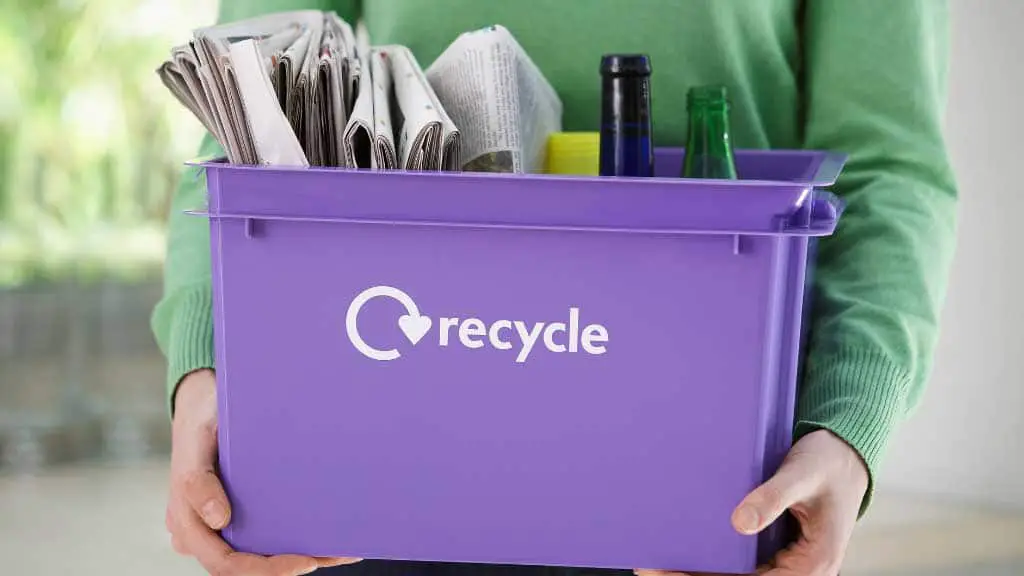
How can recycling materials lead to environmental sustainability Eco Friendly Fact
One of the main goals of sustainability is to use fewer resources. A byproduct of this goal is to create less waste. Recycling tackles both goals with one simple tool. By recycling materials, manufacturers rely less on pulling resources from the environment, such as freshwater or trees. Recycling also reduces the large piles of garbage in.

How can recycling materials lead to environmental sustainability Eco Friendly Fact
In addition to conserving resources, recycling materials also reduces emissions from production processes. By avoiding the need for new resources, we can reduce how much energy is required to manufacture items, which in turn reduces how much carbon dioxide is released into the atmosphere. Metal and plastic recycling also helps provide.

How can recycling materials lead to environmental sustainability Eco Friendly Fact
A startup, Rivalia Chemical, believes the health hazard posed by ash ponds can be addressed by repurposing ash to create a domestic supply of rare earth elements. Laura Stoy, the environmental.

10 Ways How Can Recycling Materials Lead To Environmental Sustainability?
It is the ethical use of natural resources in a way that does not deplete or degrade them, and that promotes environmental sustainability over the long term. Here are the ways recycling materials lead to environmental sustainability: 1. It Contributes to Pollution Reduction. It is possible to reuse waste materials that would otherwise be thrown.

How can recycling materials lead to environmental sustainability Eco Friendly Fact
Recycling materials is one of the 6 R's of sustainability and also one of the most important examples of environmental sustainability practices. In fact, recycling is the process of reusing materials that would otherwise be discarded as waste. For example, recycling baled cardboard is one of the best ways to save trees and forests.
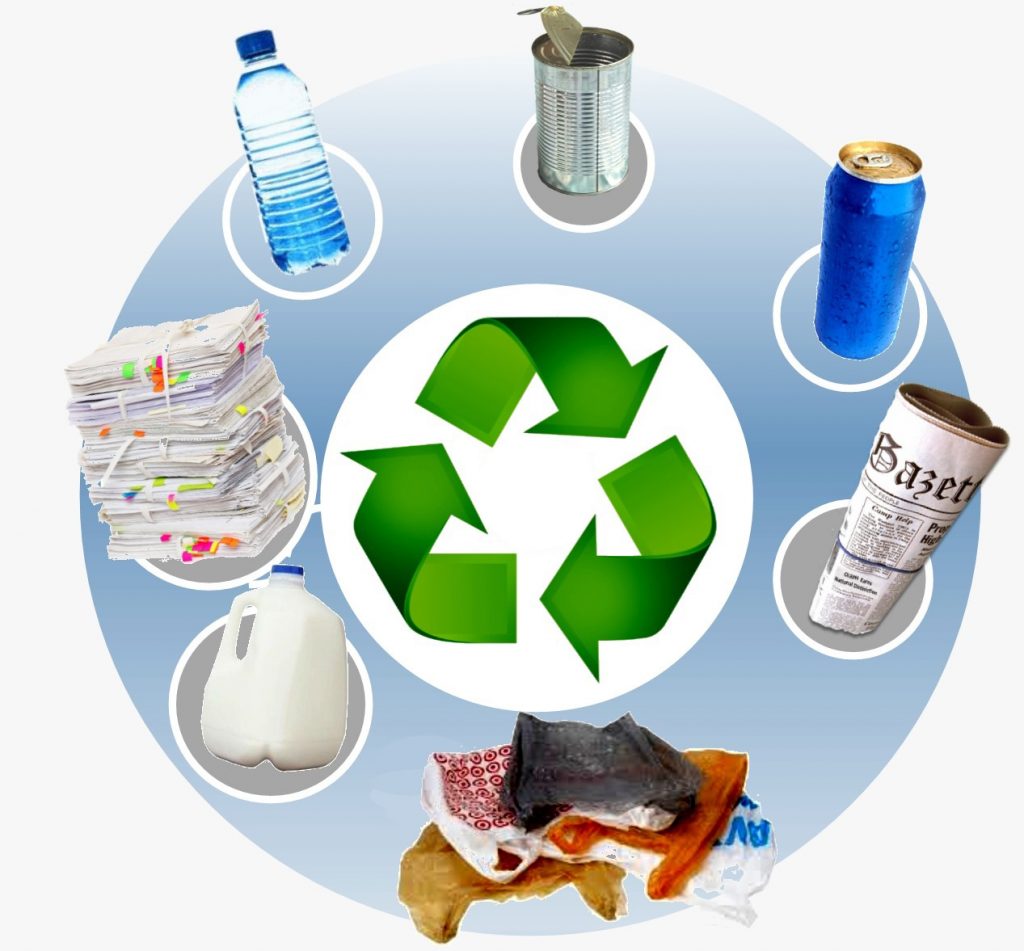
Recycling as a Sustainable practice MyGov Blogs
The potential environmental impact is also clear. The move to a circular economy — a system that aims to reduce, reuse and recycle materials — could address 70% of global greenhouse emissions.
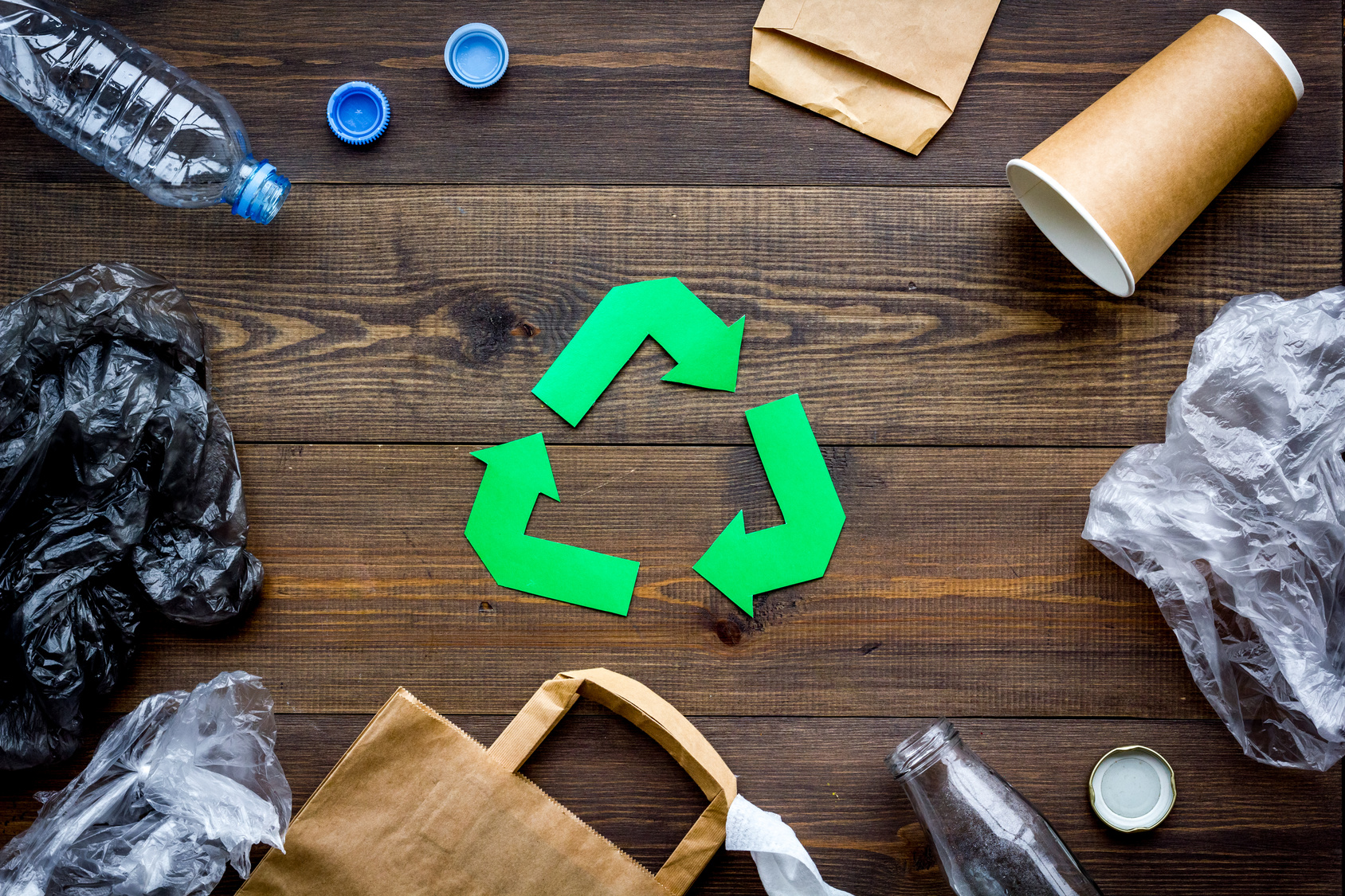
Recycling at Home 5 Tips to Improve Your Recycling Bardale Village
Do you know how can recycling materials lead to environmental sustainability? Go through this guide and see whether they're good or not for our environ.

Top Tips for an Effective Recycling Poster Gigantic Idea Studio
So, now that we know exactly what environmental sustainability is, we can delve into the 6 key ways recycling can lead to sustainability. 1. Saves Energy. Processing recycled materials is much easier than processing new materials. Since it doesn't take as much energy to recycle as it does to use raw materials, recycling is much more energy.
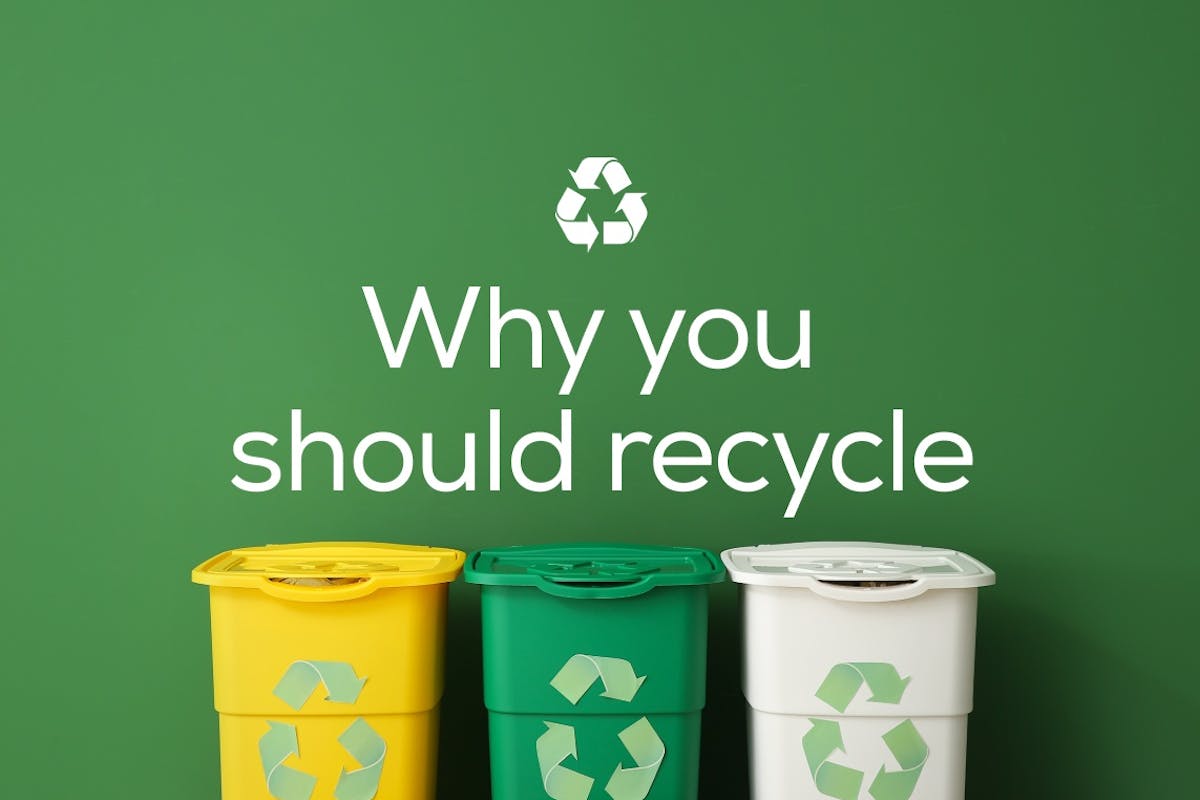
Why You Should Recycle Environmental & Economic Benefits
It is a much more energy-efficient way of creating new materials. Increased recycling leads to lower levels of energy consumption, which then means less need for energy to be created. Ultimately, the chain leads up to less pollution being created, reduced environmental damage and thus environmental sustainability. 3.

How Can Recycling Materials Lead to Environmental Sustainability Sustainability Education Academy
The following are those 7 R's: Rethink: how we can make better use of the naturally available resources. Refuse: to be a part of practices that are harmful to environmental sustainability. Reduce: the number of resources that we use in our daily routine life. Reuse: something for as long as it can be reused.
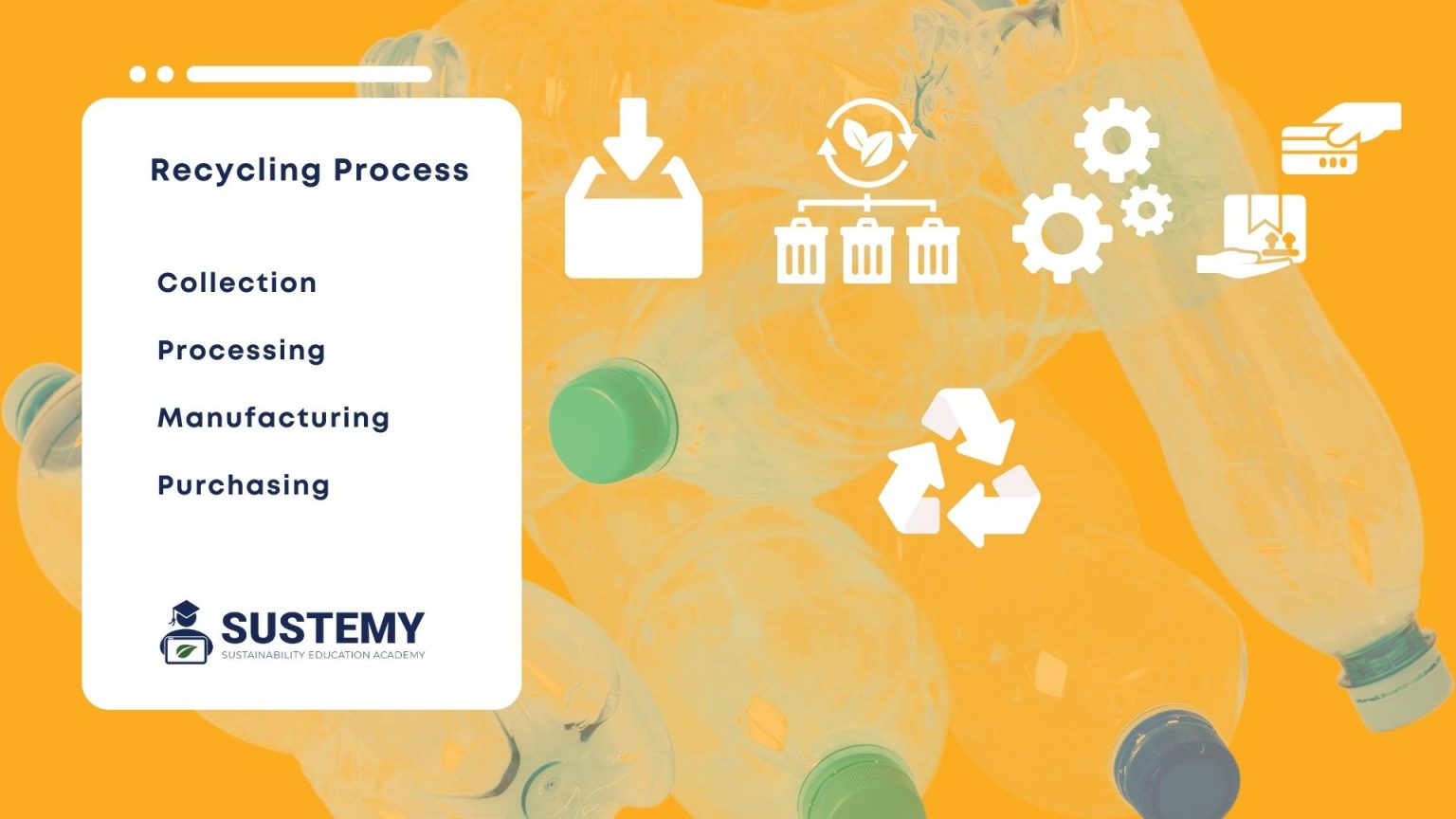
How Can Recycling Materials Lead to Environmental Sustainability Sustainability Education Academy
By embracing recycling practices, we can minimize pollution and create a healthier environment for all living beings. How to Embrace Recycling Practices. Now that we understand the importance of recycling for environmental sustainability, let's explore some practical ways individuals and communities can actively participate in this process: 1.
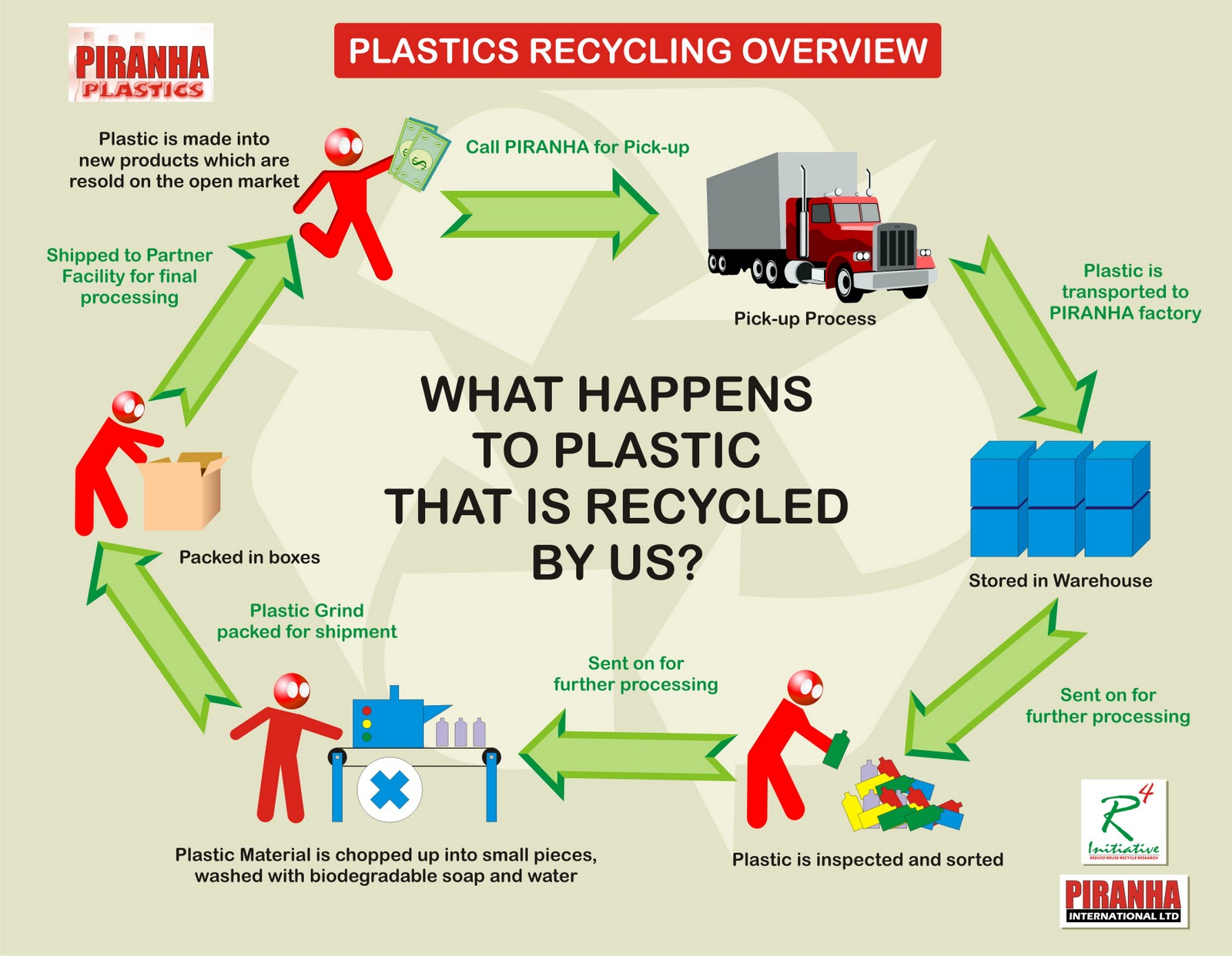
RECYCLEREDUCEREUSE WHAT HAPPENS WHEN WE RECYCLE
This can lead to eutrophication: an excess of nutrients resulting in oxygen depletion in surface waters." The researchers calculated that, on average, the production of biomaterials contributed to.

Benefits of recycling bpodiary
Collection. The first step in recycling is collecting recyclables. Individuals, communities, or businesses should identify and store recyclables separately from their trash. They can then send these to recycling plants or, in more stable and modern countries, have the recycling collector pick them up. 2.

How Can Recycling Materials Lead to Environmental Sustainability Sustainability Education Academy
A circular economy means sustainability. Recovering products and components and the reuse of materials for recycling purposes fosters sustainable development because it reduces the need to use precious natural resources and raw materials. For example, Enel X recycled 60 tons of plastic waste to make its line of home chargers for electric cars.